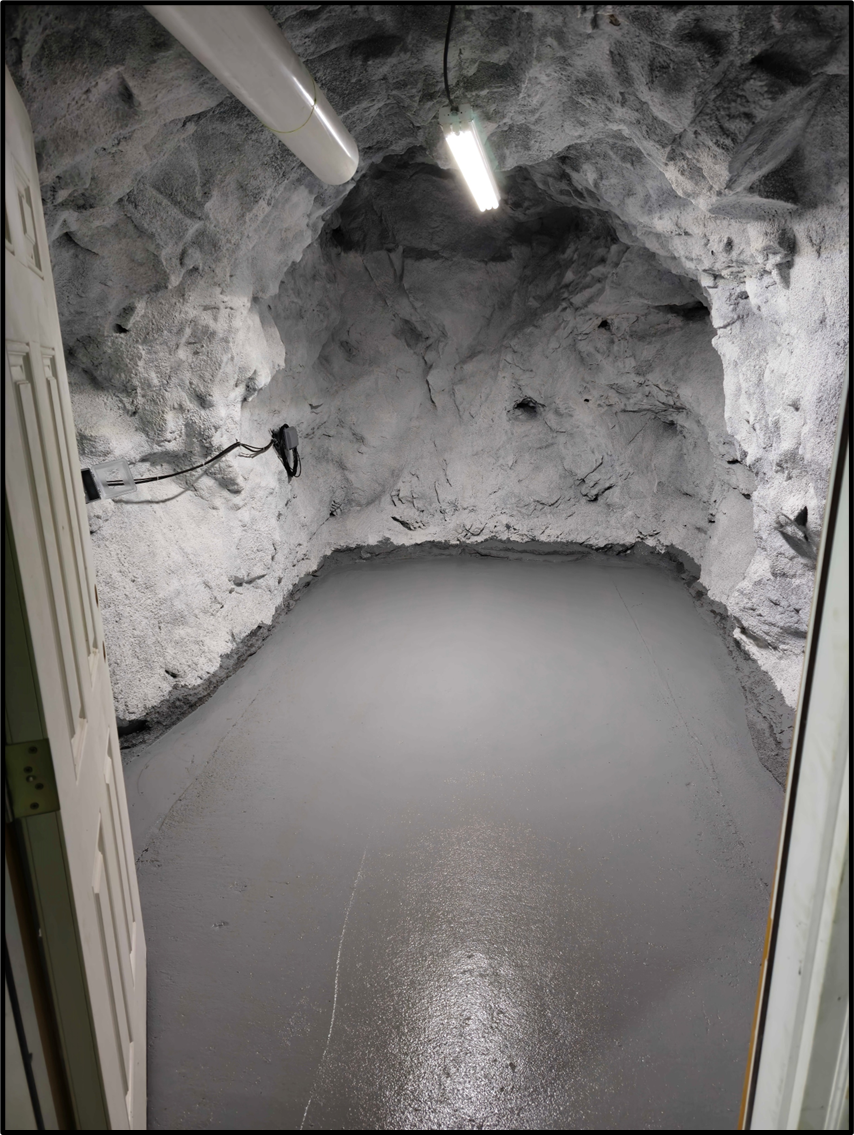Facilities
World-Class Facilities
At Colorado School of Mines, our world-class facilities are designed to accelerate progress across the quantum industry. The Mines campus is home to low-temperature characterization labs, the first in the country to offer such facilities, which allow hands-on training.
Mines is uniquely positioned to lead the charge in quantum research and technology. Our facilities embody the innovative spirit of Mines, fostering discovery, education, research and collaboration to meet the technological challenges of tomorrow.


Edgar Experimental Mine
With its rich history in education and research, the Edgar Experimental Mine is owned and operated by Mines and serves as the perfect playground for advancing quantum technologies. The shallow underground research facility with surface-level access offers a controlled environment that can lead to breakthroughs in computational efficiency and secure communication – both critical for advancing quantum. The mine is a flexible space with the potential to grow on demand, and ready to do the unique quantum work the nation needs.
Leading in Low-Temperature Characterization
On Mines’ main campus, our low-temperature characterization labs are the first in the U.S., providing hands-on training and cutting-edge research opportunities. Equipped with dilution refrigerators, these labs enable the study of low-temperature physics, which is essential for advancing quantum computing by eliminating thermal noise.

Global Context of Major Underground Labs
Deep Underground Labs
SNOLAB in Canada, Sanford Underground Research Facility in the U.S., or Gran Sasso in Italy
- Located at depths exceeding 1 km water equivalent (km.w.e.)
- Designed primarily for large-scale rare-event searches such as dark matter direction, neutrino experiments and proton decay studies
- Provide significant cosmic ray shielding but are highly subscribed, expensive to access and less flexible for mid-sized experiments
Fermilab’s facilities in the U.S., HADES in Belgium
- Operate at depths less than 1 km.w.e., offering moderate muon flux attenuation
- Serve as staging grounds for R&D, radioassay and smaller-scale physics experiments
- More accessible and cost-effective compared to deep underground labs
How CURIE Sites Compare on a Global Scale
CURIE is a unique shallow, underground research facility. While it does not offer the extreme depths of some major global underground laboratories, its features make it highly competitive and complementary to facilities around the world. CURIE’s ability to support quantum and applied physics projects positions it as a critical player in the ecosystem of global underground research facilities. CURIE complements, rather than competes with, deeper labs by filling a unique niche in the spectrum of underground research needs.

Depth and Muon Attenuation
CURIE offers approximately 200 meters of rock overburden, achieving a 700-fold reduction in muon flux compared to sea level. Depth-intensity equivalence places CURIE’s shielding capabilities at around 0.4 km.w.e, similar to shallow facilities in other parts of the world, but less than deep labs.
Accessibility
CURIE provides surface-level horizontal access through the EEM’s Miami Tunnel, making it easier to transport equipment and personnel compared to deep underground labs that require vertical shaft access. Located close to Denver and Colorado School of Mines campus, CURIE is highly accessible, reducing logistical barriers for researchers.
Flexibility and Growth Potential
CURIE’s sites (Site 0, Site 1 and Site 2) offer modular, scalable spaces tailored for a variety of experimental setups, from R&D to cryogenic low-background experiments. The facility can expand on demand, making it adaptable for emerging research needs, unlike many established labs with fixed infrastructures.
Cost Efficiency
As a shallow underground facility, CURIE provides a cost-effective alternative to deep labs. Researchers can conduct many types of experiments at CURIE without incurring the higher costs and longer wait times often associated with deeper facilities.
Research Scope
CURIE is particularly suited for:
- Quantum sensing and quantum computing research, leveraging its controlled environment and cryogenic facilities
- Low-background physics, including detector development and applied physics experiments, which do not require extreme depth
- Cross-disciplinary work, thanks to its proximity to Mines’ expertise in engineering, quantum sciences and physics

